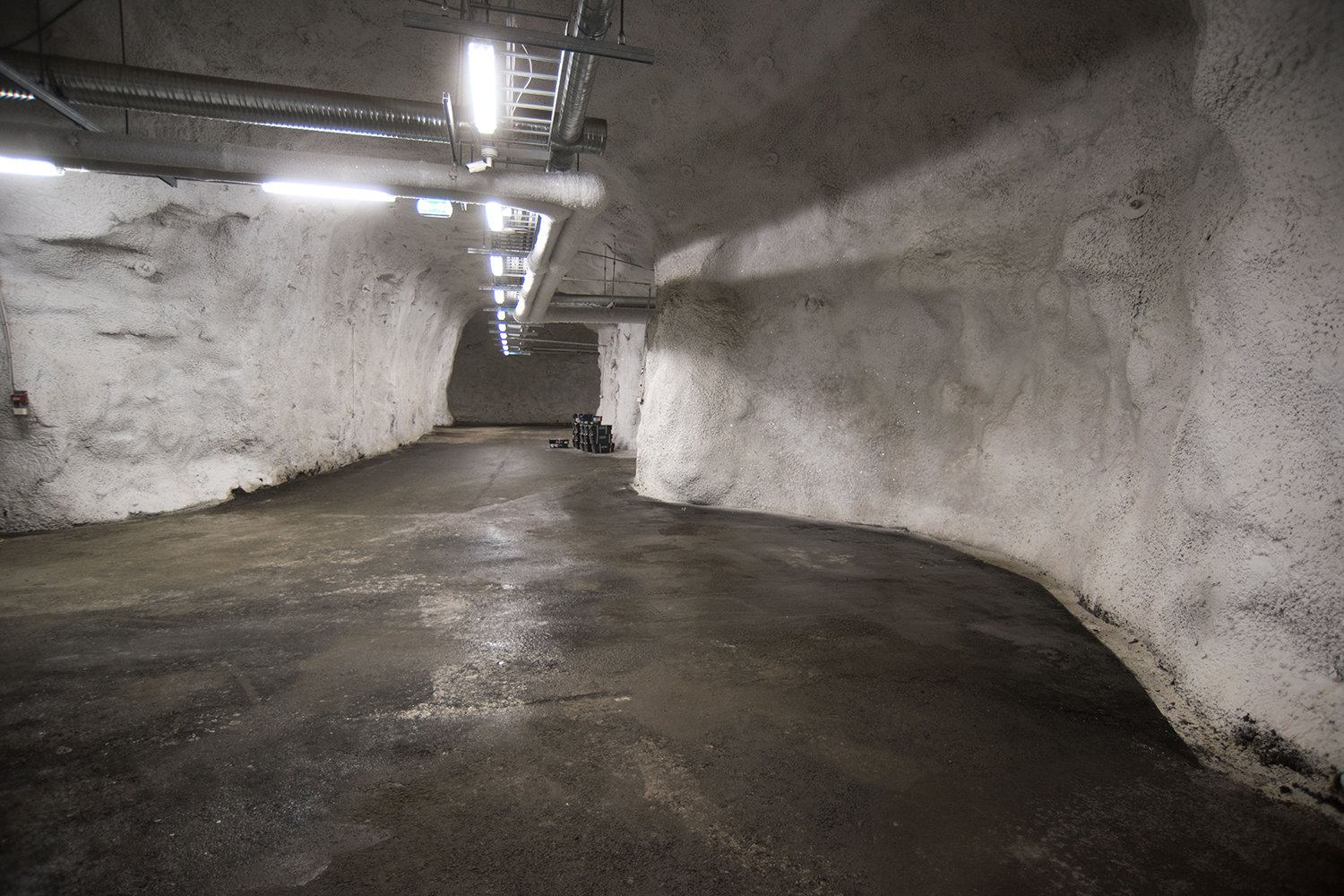

According to The Economist, “the Svalbard vault is a backup for the world’s 1,750 seed banks, storehouses of agricultural biodiversity.”įrom Crop Trust, take a 360 degree tour of the vault. See inside the 'Doomsday' seed vault Backstory Link Copied CNN's Arwa Damon gives a behind the scenes tour of the 'Doomsday' seed vault in Norway, that many believe to be the key to. The national seed bank of the Philippines was damaged by flooding and later destroyed by a fire the seed banks of Afghanistan and Iraq have been lost completely. War and civil strife have a history of destroying some genebanks. In this special GLF Live, we explore what resides in the vaults chambers, the importance of the Seed Vaults. While the popular press has emphasized its possible utility in the event of a major regional or global catastrophe, it will be more frequently accessed when genebanks lose samples due to mismanagement, accident, equipment failures, funding cuts, and natural disasters.

The Svalbard Global Seed Vault’s mission is to provide a safety net against accidental loss of diversity in traditional genebanks. “There are nearly 160,000 samples of wheat, and approaching 150,000 samples of rice.” The Guardian also explains that “the site was built to be disaster-proof: 130 metres up the mountain in case of sea-level rise, earthquake resistant, and with a natural insulation of permafrost to ensure the contents were kept frozen for decades to come.”ĪJ+ gives us a look inside The Doomsday Vault, but its mission is more practical and less sci-fi than its nickname. On the Norwegian island of Spitsbergen, the Svalbard Global Seed Vault protects around 865,000 seed samples from all over the world.


 0 kommentar(er)
0 kommentar(er)
